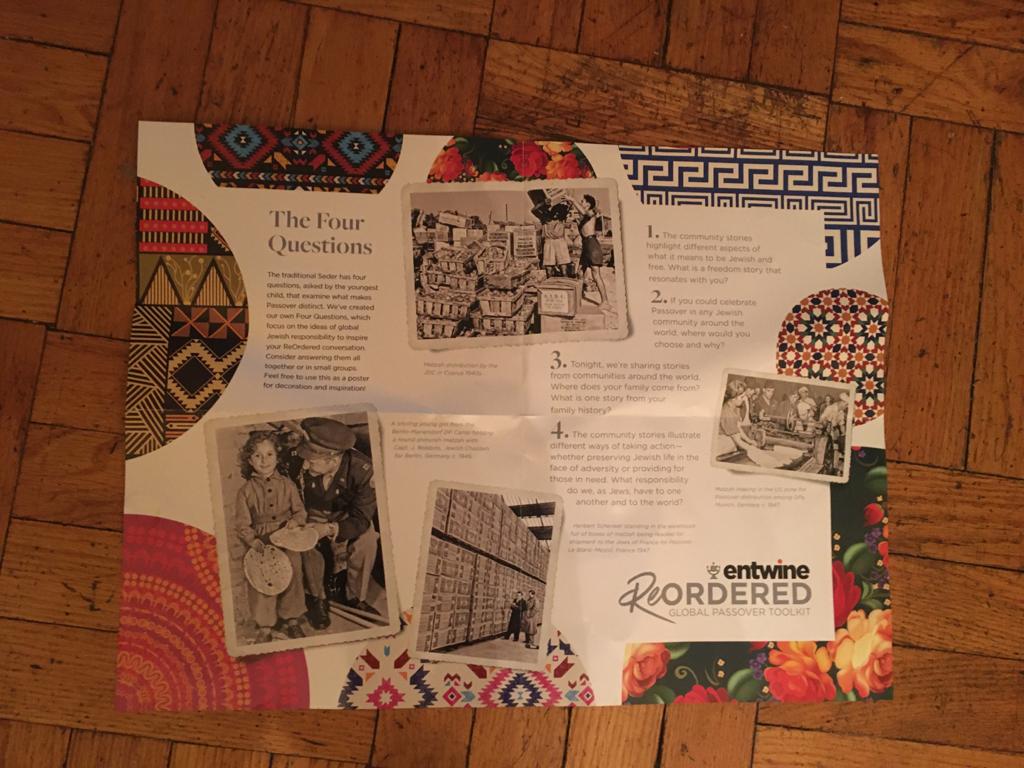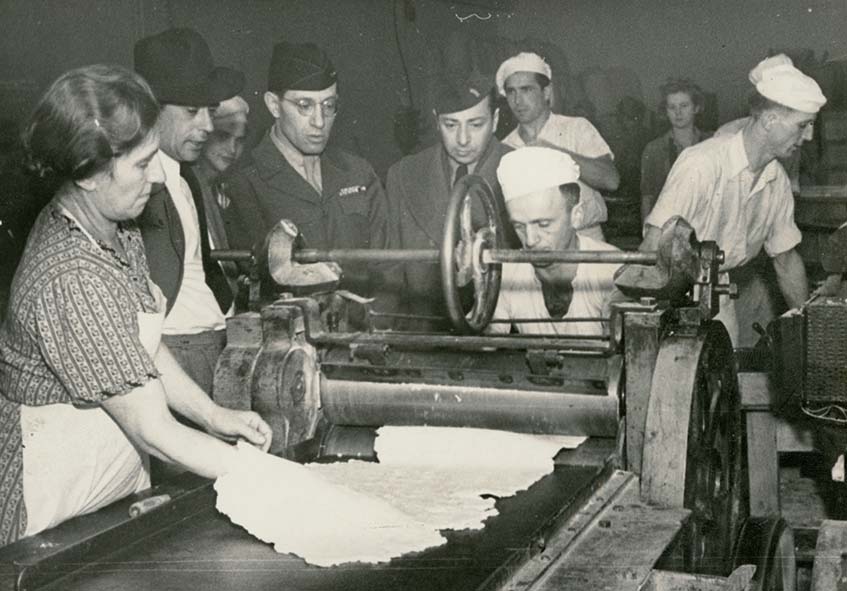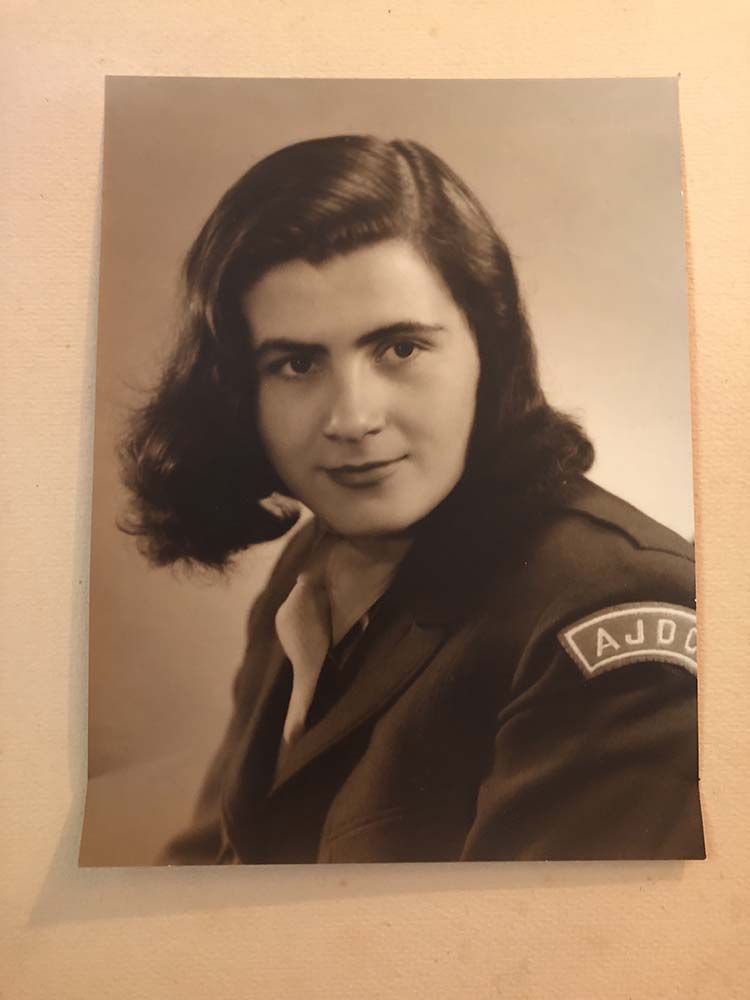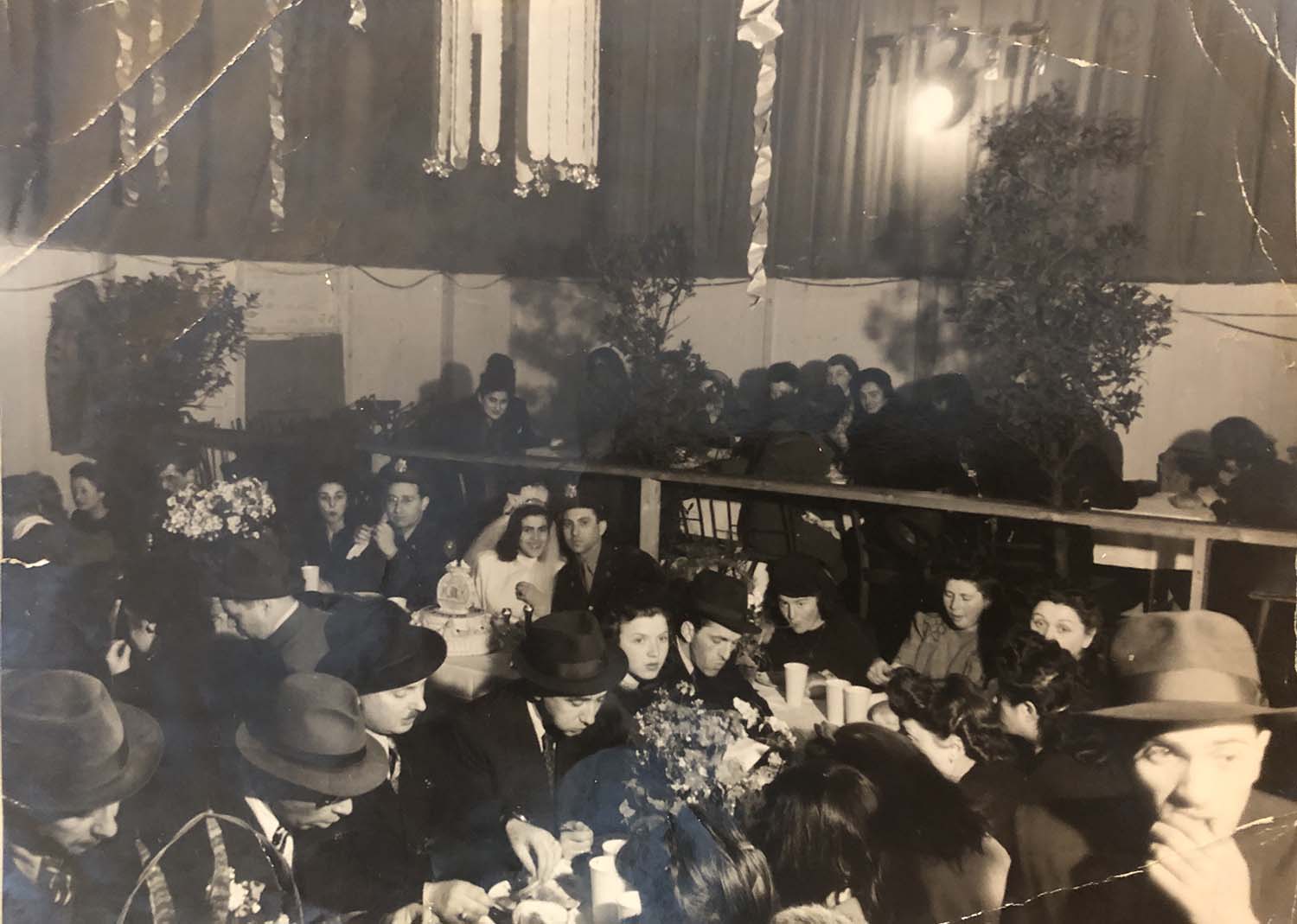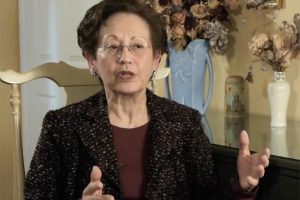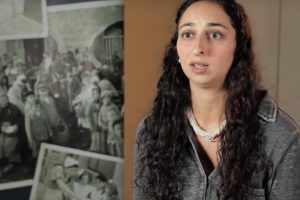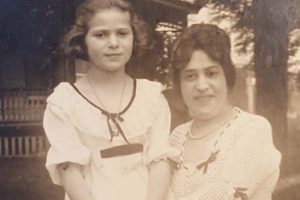
Finding a Friend and Family at a Critical Moment
A package evokes memories of a dear family friend
The candles flickered softly over a table set for one, on the first night of Passover 2020—the Passover of COVID-19. Two more table settings, positioned a suitable distance from the “head,” indicated that our family was among the fortunate ones this seder night, with three of us able to participate together. So many family members, including our daughters in two different cities, and so many friends, would be observing the seder rituals alone.
I’d spent the previous 14 days in quarantine, after coronavirus exposure, and had had only 18 hours to clean and cook for Pesach. In the moments before we started our seder, my eyes fell upon a stack of mail, opened but unread before the holiday began. On top was an intriguing looking box—the “JDC Entwine ReOrdered Global Passover Toolkit” I’d ordered. It was a box filled with cards describing Passover customs throughout the Jewish world, recipes from the Passover traditions of Judaism’s different faces, and a fold-out poster. Saddened by the absence of new faces at our seder table, and of children and relatives we’d never not been with, I shuffled through the box and took out the poster. Unfolding it, I was greeted by an image of a little girl holding two shmurah matzahs.
A smiling young girl from the Berlin-Mariendorf Displaced Persons Camp holding a round shmurah matzah with Capt. J. Robbins, Germany. 1946.
Only a cliché can describe how my heart indeed stopped, for the officer in the picture was Rabbi Jerome Robbins, whom I’d known, since childhood, as Uncle Jerry. He was not a relation, but the best buddy of my father, Chaplain William Seligman, during their days together in what was then known as the Army Air Force. The two were so inseparably close in those days that I immediately thought, “If Chaplain Robbins was around to be photographed, surely Chaplain Seligman must have been nearby.” I looked at the poster’s next panel. Sure enough, there was my father in his captain’s uniform, standing next to Capt. Robbins, watching “Matzah making in the US zone for Passover distribution among DPs, Munich, Germany c. 1947” as the caption read. Squinting at the picture to make sure it was of my father, I resolved to call Linda Levi, a longtime friend—and Director of JDC Global Archives—as soon as the first days of Passover were over, to share my serendipitous discovery.
My parents had not yet met at the time the picture showing my father at the matzah factory in Munich was taken. Hailing from the small Jewish community of Toledo, Ohio, after college my dad had gone to rabbinical school, and then straight into the armed forces as a chaplain. His responsibilities were, mainly, to support several thousand of the 550,000 Jewish men and women in the U.S. Army Air Force stationed in Europe during and after WWII, by providing counseling, arranging holiday observances, leading Shabbat services, and, of course, organizing huge seders. My father had prepared for these duties while still back in the States. However, the liberation from the death camps of Europe’s Jews saw tens of thousands returning to homes they’d been expelled from and finding them taken over by former neighbors and even friends who greeted their return with hostility and even violence. In response, the United Nations Relief and Rehabilitation Administration (UNRRA) established DP camps that become the only refuge for thousands of Jewish survivors. International aid agencies, most prominently JDC, worked in the DP camps supplementing UNRRA services. My father’s responsibilities, along with those of dozens of other Jewish chaplains, grew to include working with these agencies to assist the DP population, together with thousands of armed service men and women, both Jewish and non-Jewish.
Barbara (Dvjorah) Rosenbaum, who was born in the thriving Jewish center in the Czech/Slovakian/Hungarian city of Munkacs, and was deported with her family to Auschwitz, survived the war and ended up in the Furth DP camp, where she worked with the JDC, as noted on her jacket insignia, Germany. c. 1946-48.
After the war, my mother and her four surviving siblings of seven brothers and sisters who’d been sent with their parents to Auschwitz, had settled temporarily in the DP Camp in Furth, where my father was stationed. Not long after liberation, my mother’s oldest sister Lily Rosenbaum had met and married Imre Weiser, a distant cousin she’d rediscovered in Munkacs (Munkacevo, Mukacevo; now Mukacheve, Ukraine) when she and her sisters returned there to seek any relatives still living. The surviving Rosenbaum family reunited, and Imre insisted that Lily’s siblings join the newlyweds in their modest apartment in the Furth DP Camp. Thus, it was to the Weiser-Rosenbaum home that Chaplain Robbins and Chaplain Seligman often went for meetings with Mr. Weiser, a DP Camp leader, and where they stayed long after to enjoy the “heimishe” cooking Lily was able to create from meagre amounts of DP camp food supplies. It was there that they also enjoyed conversations with each family member, including my mother Barbara (Devjorah), whose language skills, in English, as well as six other Eastern European tongues, had earned her a position at the DP Camp’s school and in the JDC office. Dressed in a uniform-like jacket with the letters “AJDC” that she proudly wore, Barbara regularly served as a guide to U.S. military personnel and various agency representatives touring the camps.
The friendship formed through the two chaplains’ visits grew into romance for one. My parents married on January 27, 1948, three years to the day since the liberation of Auschwitz. Survivors, Army personnel, and JDC staff, over 1,000 strong, came from DP camps and military bases near and far to what was considered the wedding sensation of those rebuilding years. Chaplain Robbins remained a part of my parents’ lives, bestowing the same kindly attention on my sister and me, his adopted nieces, as the photo on the poster shows him giving that little girl.
U.S. Army Air Force Chaplain Jerry Robbins and Chaplain William Seligman at the “chosson’s tisch” at the wedding of Rabbi Seligman to Barbara Rosenbaum in the Furth DP Camp, Germany. Jan. 27, 1948.
All these thoughts tumbled through my mind in those few minutes before my own family’s small seder of 2020. The holiday was one I’d barely been able to prepare for, physically or emotionally, during a season filled with loss, uncertainty, and longing. Yet, the Entwine Passover kit I opened at this moment of solation had granted me an unexpected gift of connection. With just another second to spare before our seder, I reached for a box of old photographs in the cabinet adjacent to my seat. The very first picture I drew out of the box showed my father, dressed in full uniform, at his “Chosson’s Tisch” (groom’s table) at his wedding. Next to him, as always, was Chaplain Robbins.
From the unions of those five survivor siblings, now all deceased, some 200 children, grand-children, and great-grandchildren live today in practicing Jewish families. Among them are the descendants of Devjorah Rosenbaum of Munkacevo, and Rabbi William Seligman of Toledo, Ohio, who met through their mutual work with JDC.
Explore your own family history in the JDC Names Index.
About the Author
Ruth A. Seligman is Director of Publications at Horace Mann School in Bronx, N.Y., and a writer living in New York City. This story has been shared with her permission.
